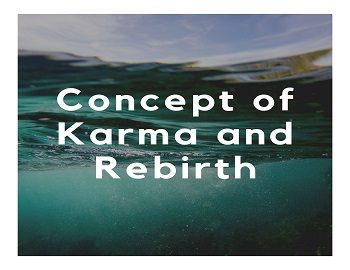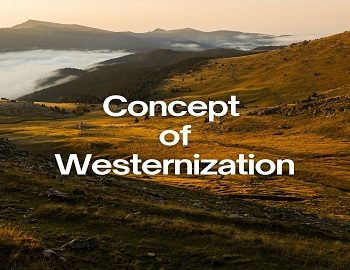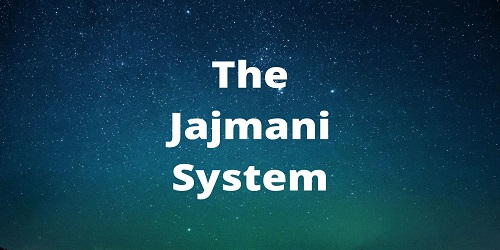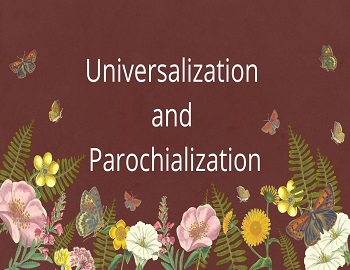Karma and Rebirth:
Though analytically independent, the two concepts or doctrines of karma (deeds) and rebirth are mutually and functionally related.
Karma is the sum of all actions, all deeds that a person performs in his life from birth to death. The karma in the present life, the status in life, nature and tendencies, physical enjoyment and mental happiness, deformities and miseries are all the results of one’s deeds (karma) in the past birth. It is believed that if a man’s deeds as per Dharma, the next birth will certainly be in a higher status, with all attendant paraphernalia and happiness if not, he shall be born in a lower class, or even in the form of animals or worms, or insects.
The doctrine of transmigration of the soul is not found in early Vedic religious thought it was adopted later. It was in Brihadaranyak Upanishad, that it is first mentioned, but was quickly adopted and elaborated as it was seen to be a good explanatory device or all the miseries man experiences. The concept of soul was further refined as undying, which passes repeatedly from life to life for an inestimably long time. This doctrine became fundamental to most early Indian thought.
From a purely analytical standpoint, the unification of twin doctrines of karma and rebirth was a magnificent device of social control in a stratified society based primarily on inequalities in social position and economic opportunities in Varna and later on the caste system. It justifies the present lot of a man and promises improvement in the next life if and only if, he conducts himself as per norms of the society as defined in the Dharma for each Varna and for each Ashram, the Varnashrama Dharma.
It has been criticized by western philosophers as encouraging fatalism in Indian culture and moral regression in an individual. This criticism has been refuted on the ground that it places a premium on good and moral conduct and inspires a man for Purushartha.









Comments (No)